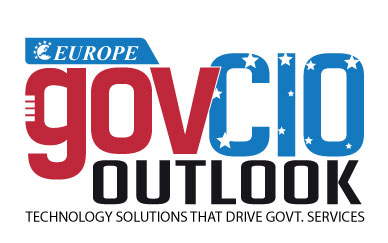Welcome back to this new edition of Gov CIO Outlook !!!✖
November - 20198GOVERNMENT CIO OUTLOOKIN MYOPINIONechnology leaders have too many choices these days. They have so many options that they can get distracted from the most basic imperative of effective and efficient delivery of technology services. New technology is being presented at a faster rate; cognitive computing, artificial intelligence, bots, the Internet of Things (IoT), cloud, blockchain technology, and data lakes just to name a few. A steady trend that is becoming apparent to me in the public sector is the growing distraction by the latest fad or buzz word, going in several directions at once, often not implementing anything or at least not implementing it well, and compounding the issue by not putting the appropriate support in place once the technology is finally implemented. Shiny new objects cause confusion, and fads should not be confused with the daily business value that is: providing support for the mission critical technology already in place. I see more and more state leadership acknowledging the strategic value of IT and its role in improving agency effectiveness while at the same time exhibiting a lower tolerance for any disruption in service regardless of the severity. A CIO must give more attention to evaluating their current IT processes. These are the processes that support the current technology and measure customer service to optimize customer satisfaction. The best way to achieve these goals is to adopt a series of best practices that benefit the supporting groups on two levels: setting customer expectations, and providing service accountability. Providing Accountable ServiceApproximately 12 months ago, Nebraska initiated an IT consolidation effort.One of the first questions that our customers asked us when we took over IT support was, "What service levels can I expect?"Our response was consistent, "What is your service level now?"Whether doing business in public or private industry, the answer is often similar, "It's good," or, "We simply don't have time to gather that information."In both the private and public sector, the organization needs to be able to monitor performance progress against service goals. If technology leaders are not tracking "Fundamental Data" then decision makers must rely on intuition, perception, or simply, what they want to believe. There are a multitude of IT Service Management (ITSM) tools that can assist in evaluating the effectiveness and efficiency of the work getting done. Unfortunately many are simply used as a workflow tool and the analytics are either rudimentary or nonexistent. At some point, managers must learn to collect driven metrics to define successful customer service, and they do this by analyzing indicators and trends. This is the key to improving a level of service. Exceeding Customer ExpectationsResponse time and first call resolution are often the deciding factors between a good and bad customer support experience. Fortunately, the State of Nebraska is moving towards a single Enterprise ITSM tool to assist the agencies in tracking and measuring this valuable information. Sample information gathered by using an ITSM tool would be:· the customer's preferred contact channel· the total number of incidents and service requests assigned during a time period· the requests sorted by category· the number and types of requests that are assigned to a particular resolving group or agency· the average time to "resolution"· survey resultsManagers can use ITSM to easily look back at data and gain awareness as to how their customers want to interact By Ed Toner, CIO, State of Nebraska FOCUS ON THE FUNDAMENTALS, THEN THE SHINY OBJECTS
< Page 7 | Page 9 >
< Page 7 | Page 9 >
